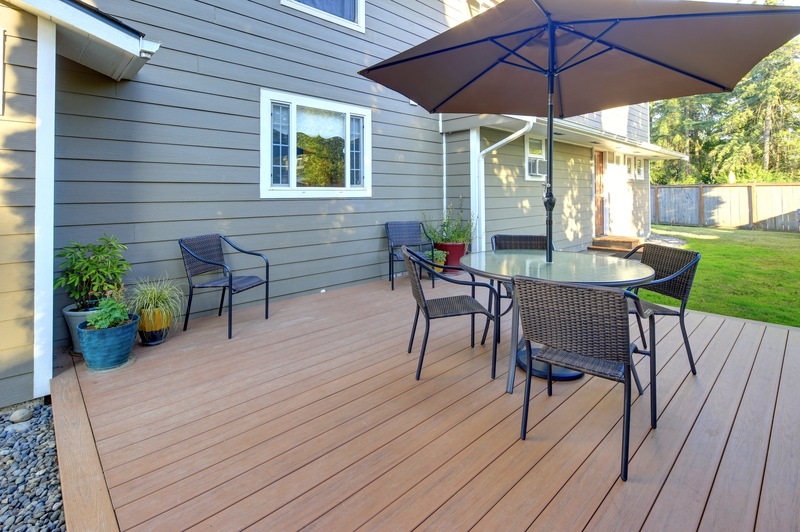Removing a tree from your property is a significant decision that involves careful planning and execution. In places like Alpharetta, where the environment and landscape are cherished, tree removal in Alpharetta is more than just about cutting down a tree; it’s about ensuring the health and aesthetics of your surroundings post-removal. After the tree is removed, there are several steps you should take to restore your landscape effectively.
Preparing for Tree Removal
Before diving into the aftercare process, understanding how to prepare for tree removal is crucial. Proper preparation involves assessing the tree’s condition, planning the logistics of removal, and obtaining a clear proposal from a professional service. This ensures that the removal process goes smoothly and sets the stage for successful aftercare.
Managing the Immediate Aftermath
Once a tree is removed, the immediate focus is often on the space it leaves behind. Dealing with the leftover debris and stump is a priority. Understanding the various ways to deal with tree stumps can guide you in choosing the right method for your landscape. Options include grinding the stump down, allowing it to decompose naturally, or using it as a decorative feature.
Soil and Ground Restoration
Tree removal can disrupt the soil and surrounding ground. It’s essential to restore the soil to prevent erosion and prepare it for new planting. This involves leveling the ground, adding topsoil if necessary, and ensuring proper drainage. Amending the soil with nutrients can also help replenish its vitality, making it ready for new growth.
Planning New Plantings
After the soil is prepared, planning new plantings is an exciting step in landscape restoration. Consider planting native species that are well-suited to the local climate and soil conditions. This not only helps restore the ecological balance but also enhances the visual appeal of your landscape. When selecting new plants or trees, think about their mature size, sunlight requirements, and how they will fit into the overall design of your yard.
Caring for Remaining Vegetation
If the tree removal was part of a larger landscape project, other plants and trees might have been affected by the process. Providing extra care to these remaining plants is vital. This could include watering them adequately, checking for any damage, and applying mulch to conserve moisture and protect the roots.
Enhancing Landscape Design
Restoring your landscape after tree removal offers an excellent opportunity to rethink your outdoor space’s design. Consider incorporating features such as pathways, garden beds, or water elements to enhance the aesthetics and functionality of your yard. These additions can transform the area into a more inviting and enjoyable space for outdoor activities.
Conclusion
Tree removal is not the end but a new beginning for your landscape. By taking thoughtful steps in aftercare, such as managing stumps, restoring soil, and planning new plantings, you can rejuvenate your outdoor space. Embracing these practices ensures that your landscape remains vibrant, sustainable, and in harmony with the surrounding environment.
Frequently Asked Questions
1. Can tree stumps be left in the ground after removal?
Yes, tree stumps can be left to decompose naturally, but this process can take several years. Alternatively, stumps can be ground down to avoid potential hazards and improve the landscape’s appearance.
2. What should be considered when planting new trees after removal?
When planting new trees, consider the soil quality, space availability, water and sunlight requirements, and the mature size of the trees to ensure they thrive in the existing conditions.
3. How does tree removal affect soil health?
Tree removal can compact or disturb the soil, affecting its health. Restoring soil involves leveling it, adding nutrients, and ensuring proper drainage to maintain a healthy environment for future plantings.





